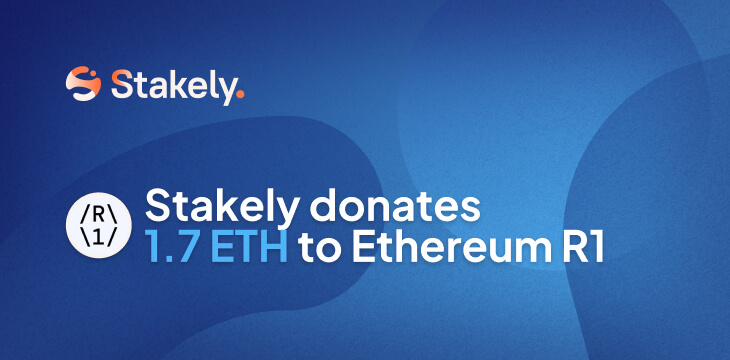What is restaking and how to maximize its potential

Restaking has rapidly evolved, becoming a key trend within blockchain infrastructure in 2025. It is a strategy that allows stakers to optimize their capital while strengthening the security of various protocols, establishing itself as an essential tool to maximize returns without losing control of assets.
In this context, the TVL of protocols like EigenLayer, Symbiotic, and Jito reflects the rise of restaking, highlighting its growing adoption. EigenLayer, a pioneer on Ethereum, enables securing multiple networks; while Symbiotic and Jito, with modular approaches, open new opportunities on Ethereum and Solana, respectively.
So, if you’re wondering what restaking is and how to take advantage of it, this article has all the answers.
What is restaking and how does it work?
Restaking is an innovative process that allows you to reuse staked assets, whether native tokens or liquid staking tokens (LSTs), to provide additional security to other protocols. In other words, you can use the same assets across multiple networks simultaneously, which not only optimizes their usage by generating additional yields, but also enhances the resilience of the platforms involved.
At this point, you might be wondering: what’s the difference between restaking and traditional staking?
It’s simple. Although both traditional staking and restaking involve locking assets on a blockchain network to earn rewards, the difference lies in the flexibility and efficiency of the assets. In traditional staking, tokens remain locked on a single network, whereas with restaking, the same assets can be used simultaneously across multiple networks, optimizing capital and increasing overall efficiency.
Top restaking protocols in 2025
As the restaking market diversifies, several protocols have positioned themselves as industry leaders—and at Stakely, we’ve partnered with some of them so you can make the most of your delegation.
- EigenLayer: a pioneer in Ethereum restaking that allows reusing staked assets to secure various dApps. With $7.665B in TVL and key partnerships with Renzo, Ether.fi, and others.
- Symbiotic: with its modular architecture and support for multiple ERC-20 tokens, Symbiotic enables asset diversification and multi-network security. With $838.07M in TVL and partnerships with Lido and Mellow Finance, it strengthens its position as one of the leading ETH restaking protocols. Check out our Vault on Mellow with Lido V3.


- Jito: a leader in SOL restaking offering solutions to optimize capital and efficiently secure the network, leveraging Solana’s speed and scalability. With $2.613B in TVL and partnerships such as Renzo.
Risks and challenges of restaking
Despite the opportunities, restaking is not without risks, and it’s crucial to understand them:
- Slashing risk: by participating in multiple networks, stakers face the risk of being penalized (slashed) if any of the networks they’re involved in acts insecurely or if they make mistakes. This risk is amplified due to exposure to multiple platforms simultaneously.
- Power concentration: as more stakers participate in restaking, there’s a potential risk of power concentrating in certain entities or pools, which could impact the decentralization and security of the involved networks.
- Security vulnerabilities: reusing assets across several networks increases complexity and, in some cases, could expose stakers to new attack vectors. The security of restaking protocols is crucial and must be closely monitored.
Why restake with Stakely?
At Stakely, we’ve combined the benefits of restaking with our strong security reputation, bringing everything together in our Vault on Mellow with Lido V3, in collaboration with Symbiotic and Gauntlet, where you can now earn additional yields with total confidence.
A Vault designed to offer security and efficiency, backed by the strictest certifications (ISO27001, SOC2 Type 2) and our extensive experience as one of the first Lido node operators. Plus, we offer top DeFi strategies and risk management, thanks to the support of Gauntlet.
Ready to safely maximize your yields? Join the Stakely restaking Vault and take your staking to the next level.





